Business
Packing Strategies For Long-Distance Moves: Ensuring Your Belongings Stay Safe

Moving to a new home can be both exciting and overwhelming. As you embark on a long-distance move, it’s crucial to pack your belongings in a way that ensures their safety throughout the journey.
From delicate items to furniture and valuables, every possession deserves special attention to avoid damage during transportation.
In this article, we’ll explore essential packing strategies, tips, and tricks that will help you master the art of packing and guarantee the protection of your cherished possessions.
Table of Contents
1. Assessing Your Belongings

Before you start packing, take the time to assess your belongings and determine what to keep, sell, donate, or discard. Decluttering before a move not only reduces the amount of items you need to pack but also helps you create a fresh, organized space in your new home.
2. Creating A Packing Plan

To stay on track and avoid last-minute chaos, it’s crucial to create a packing plan. Establish a timeline, set goals for each stage of the packing process, and break down tasks into manageable steps. By having a clear plan in place, you’ll be able to tackle packing with confidence.
3. Gathering Packing Supplies
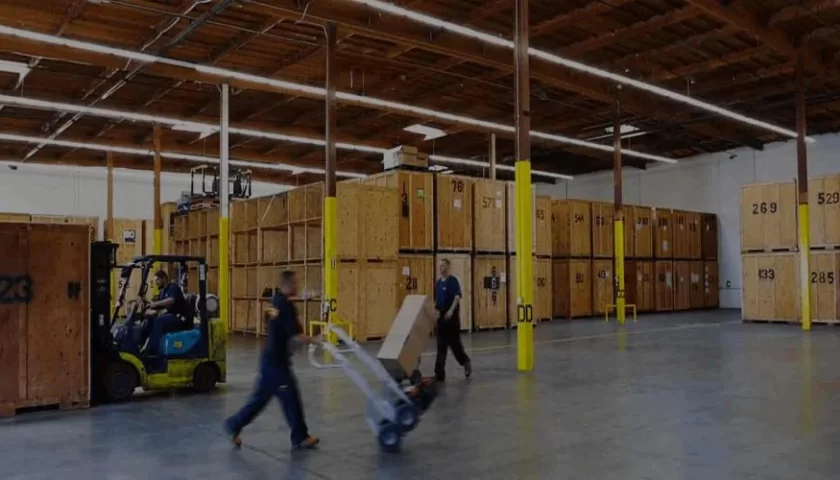
When gathering packing supplies, it’s essential to ensure high-quality materials. Consider reputable suppliers like Adams Van Lines, who offer a wide range of reliable packing materials to protect your belongings during the move
4. Categorizing And Labeling
To streamline the unpacking process, categorize your items and label your boxes accordingly. By grouping similar items together and labelling each box with its contents, you’ll be able to locate essential items quickly and avoid any potential damage during unpacking.
5. Packing Strategies For Fragile Items
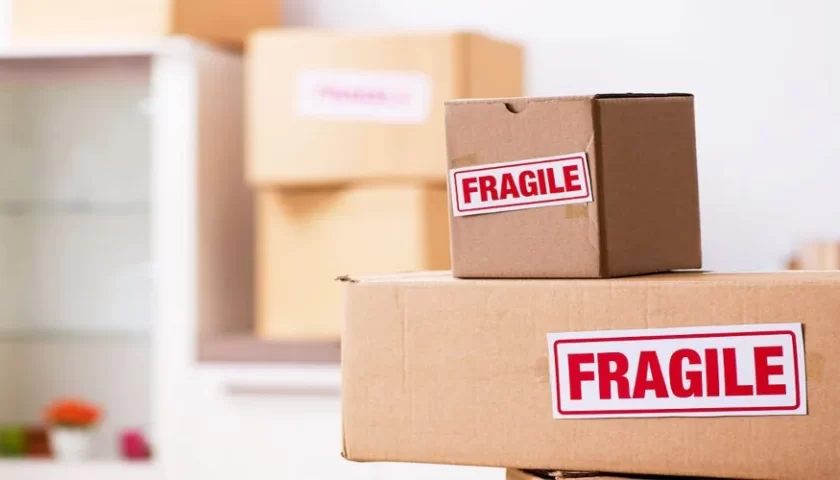
Delicate items such as glassware, china, and electronics require extra care during packing. We’ll share expert techniques for wrapping and securing these fragile belongings to minimize the risk of breakage during transit.
6. Protecting Furniture And Large Items
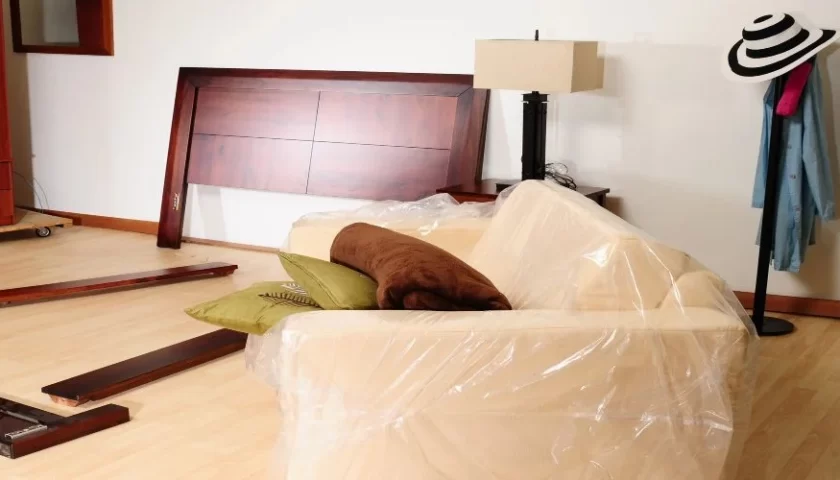
Furniture and large items are susceptible to scratches and damage during a move. Learn how to disassemble furniture, use protective coverings, and secure these items properly to ensure they arrive at your new home unscathed.
7. Maximizing Space In Boxes
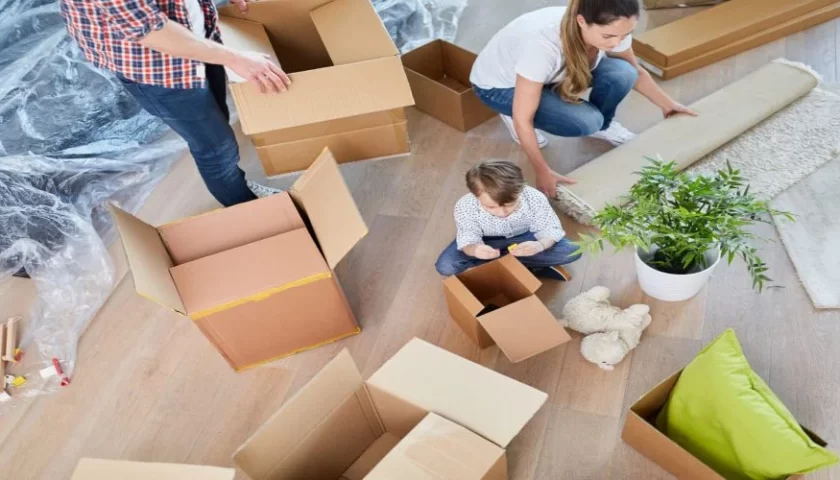
Efficiently utilizing box space is crucial to avoid overpacking or underutilizing boxes. Discover smart techniques and organization tips to make the most of your packing space, ensuring efficient use of boxes and minimizing the risk of damage.
8. Packing Clothes And Personal Belongings
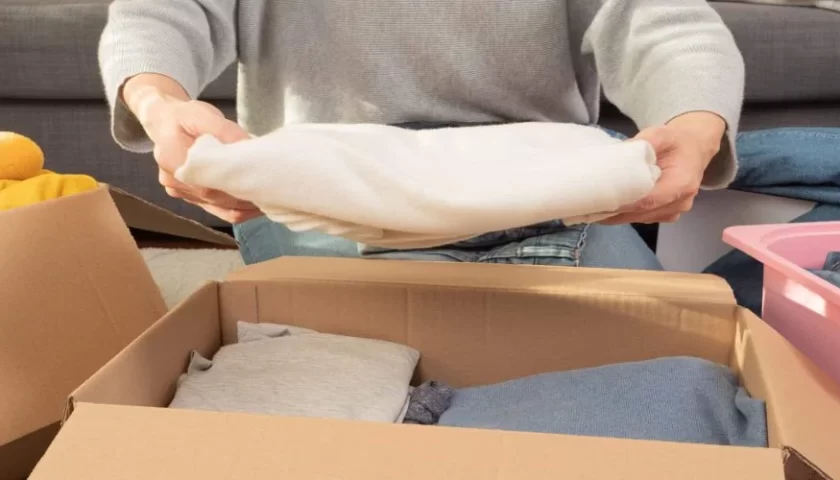
Keeping your clothes and personal belongings organized and wrinkle-free is important when moving. We’ll provide you with effective strategies for packing clothing, protecting shoes and accessories, and safeguarding sentimental items.
9. Securing Valuables And Important Documents
Your valuable items and important documents deserve extra attention during a move. We’ll guide you on how to safeguard these possessions, including tips for storage, transportation, and protecting confidential information.
10. Strategies For Packing Books And Media
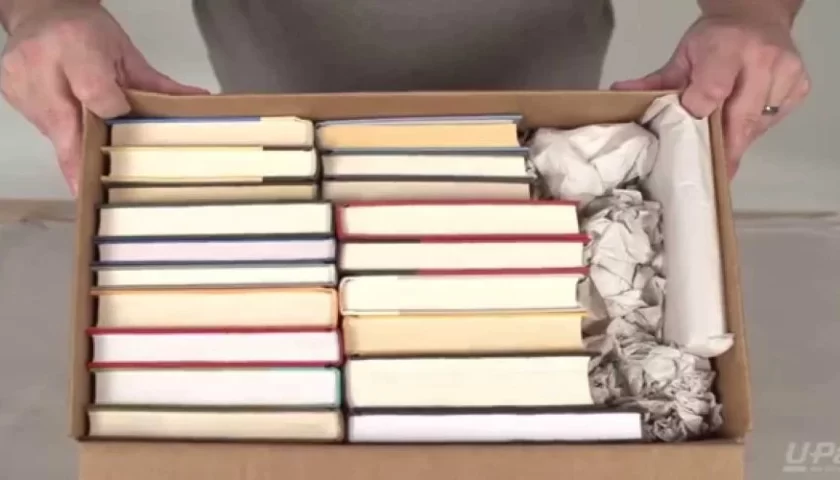
Books, CDs, DVDs, and other media formats require special handling to prevent damage. Discover techniques for packing these items efficiently, minimizing weight, and ensuring their safe arrival at your new home.
11. Dealing With Hazardous Materials
Moving hazardous materials requires adherence to safety regulations. We’ll help you identify hazardous items, understand their proper disposal or transportation methods, and ensure compliance with legal requirements.
12. Preparing Appliances And Electronics
Appliances and electronics need special attention when preparing for a move. Learn how to disconnect and pack these items safely to avoid damage and ensure they are ready for use in your new home.
13. Efficiently Loading The Moving Truck
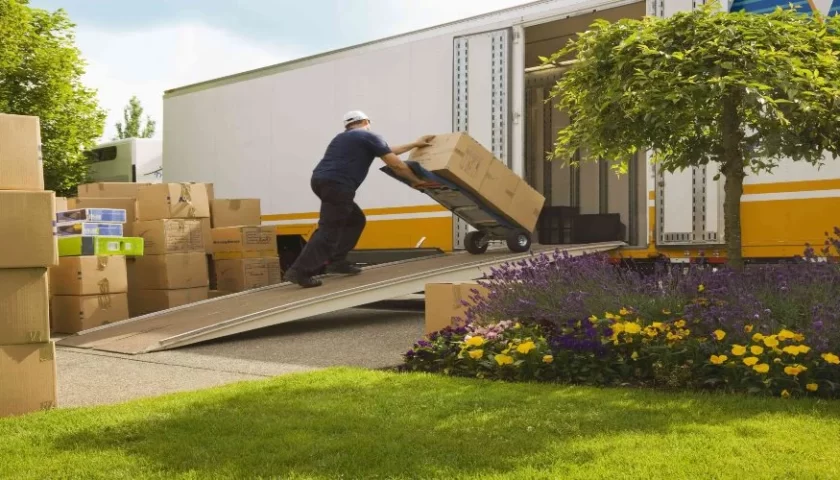
Properly loading the moving truck is crucial to prevent items from shifting during transportation. We’ll provide you with expert advice on how to organize boxes and furniture in the truck, securing them effectively for a smooth and damage-free journey.
14. Unpacking And Settling In
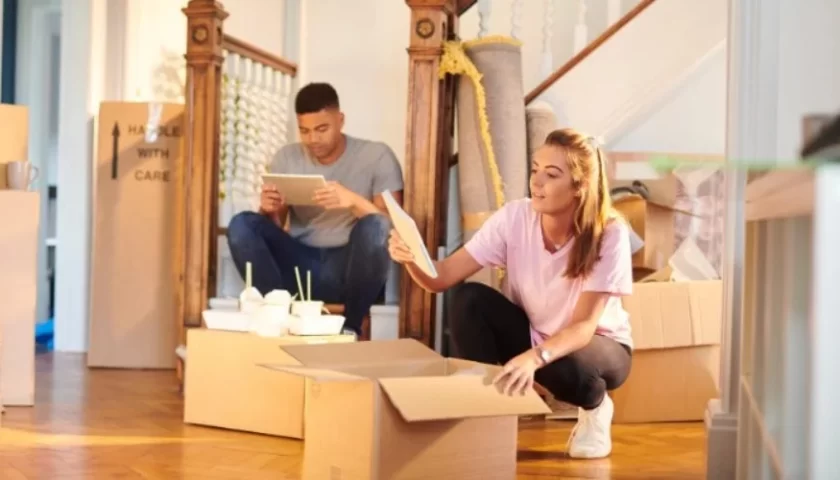
Once you arrive at your new home, unpacking and organizing can feel overwhelming. We’ll guide you through the process of unpacking efficiently, organizing your new space, and settling in comfortably.
Frequently Asked Questions
What Are The Best Materials For Packing Fragile Items?
When packing fragile items, it’s crucial to use the right materials to provide adequate protection. Here are some of the best materials to consider:
- Bubble wrap: This versatile material cushions fragile items and prevents them from bumping into each other.
- Packing paper: Use plain, unprinted packing paper to wrap delicate items individually, providing an extra layer of protection.
- Foam peanuts or air pillows: These lightweight materials fill empty spaces in boxes and provide additional cushioning.
- Dividers and inserts: For items like glassware and china, consider using dividers or inserts specifically designed to keep each piece separate and secure.
- Furniture blankets and moving pads: These heavy-duty blankets offer protection against scratches and dents for furniture and larger items.
Remember, when packing fragile items, take your time and ensure they are securely wrapped and packed to minimize the risk of damage during the move.
How Far In Advance Should I Start Packing For A Long-distance Move?
Ideally, it’s best to start packing for a long-distance move as early as possible. The timeline will vary depending on the size of your home and the amount of belongings you need to pack. As a general guideline:
- For a larger home: Begin packing at least 6 to 8 weeks before your moving date. This allows ample time to sort, declutter, and pack your belongings methodically.
- For a smaller home or apartment: Starting 4 to 6 weeks in advance should provide enough time to pack efficiently.
Remember to create a packing plan, set goals, and tackle one room or category at a time. Starting early ensures you have enough time to pack carefully and reduces stress as the moving day approaches.
Can I Hire Professional Packers For My Move?

Yes, you can absolutely hire professional packers to assist with your move. Professional packing services can be particularly beneficial if you have limited time, physical limitations, or simply prefer to leave the packing to experts.
Professional packers have the knowledge and experience to efficiently and securely pack your belongings. They can bring all the necessary packing supplies, ensure fragile items are well-protected, and label boxes for easy identification.
Research reputable moving companies in your area that offer packing services. Get quotes, read reviews, and inquire about their packing methods and insurance coverage. Hiring professional packers can provide peace of mind and save you valuable time and effort during a busy move.
What Should I Do With Perishable Items During The Move?
Perishable items, such as food and plants, require special consideration during a long-distance move. Here are some tips:
- Food: Try to use up perishable food items before your move. Consider donating unopened non-perishable items to local food banks. When packing non-perishable food, make sure to seal containers tightly to prevent spills or contamination.
- Refrigerated and frozen items: If you’re moving a long distance, it may not be feasible to transport perishable items in your refrigerator or freezer. Plan to use up as much as possible before the move or consider giving them to friends, neighbors, or local shelters.
- Plants: Most moving companies do not transport live plants due to regulations and potential damage. Consider gifting your plants to friends, family, or neighbors or find them new homes through plant adoption groups. Alternatively, you can explore plant shipping services that specialize in plant transportation.
How Can I Ensure The Safety Of My Belongings During Transportation?
To ensure the safety of your belongings during transportation, follow these essential tips:
- Securely pack and seal boxes: Use sturdy boxes and proper packing techniques to prevent items from shifting or getting damaged during transit. Seal boxes securely with packing tape.
- Label boxes: Clearly label each box with its contents and the room it belongs to. This helps movers handle boxes appropriately and ensures you can easily locate items when unpacking.
- Use proper padding and cushioning: Provide adequate cushioning with materials like bubble wrap, packing paper, and foam peanuts to protect fragile items from impact and vibrations.
- Disassemble furniture: If possible, disassemble large furniture pieces before the move. Wrap and secure the components properly to prevent scratches and damage.
- Secure items in the moving truck: Load items strategically in the truck, placing heavier and sturdier items at the bottom and lighter, fragile items on top. Use straps or ropes to secure items and prevent shifting.
Your Hassle-Free Move Starts With Effective Packing

Congratulations! You’re now equipped with a wealth of knowledge on how to pack your belongings effectively and ensure their safety during a long-distance move. By following these strategies and expert tips, you can minimize stress and focus on enjoying your new home. Remember, a well-organized and secure packing process is the foundation of a successful move.
Read more – How to Do Long-Distance Moves with Children

-

 Business3 years ago
Business3 years agoHow to Do Long-Distance Moves with Children
-

 Travel2 years ago
Travel2 years agoQuick Guide: Moving To Santa Rosa?
-

 Real Estate3 years ago
Real Estate3 years agoWhy Dubai Festival City is a Great Neighbourhood for Young Learners
-

 Business3 years ago
Business3 years agoIs Guest Posting a Good Inbound Marketing Strategy?
-

 Business1 year ago
Business1 year agoThe Ultimate Guide To Thriving In Your Printing Franchise
-

 Business1 year ago
Business1 year agoExploring The Benefits And Challenges Of Restaurant Franchising
-

 Tech3 years ago
Tech3 years agoCyber Table That Will Change Your Life
-

 Lifestyle1 year ago
Lifestyle1 year agoDallas’ Hidden Gems: 6 Must-Try Restaurants Off The Beaten Path!









Recent Comments